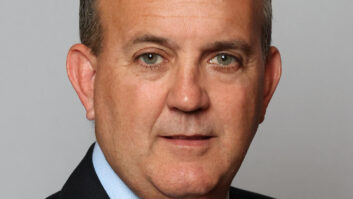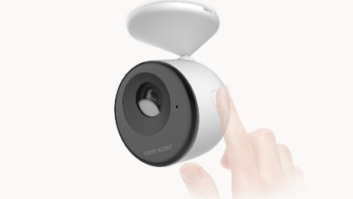During the past several years—and no doubt during the next several years—the problem of consumer electronics product returns will continue to vex the consumer electronics industry. Add today’s global economic challenges to the mix, and the profit and loss due to these product returns could spell financial difficulties. As a result, consumer electronics manufacturers and retailers would be wise to address this manageable issue now in order to achieve high performance.
Putting the returns problem in perspective, Accenture research has found that the cost to retailers and manufacturers of consumer electronics product returns in the United States in 2007 amounted to approximately $13.8 billion. But when tested by the retailer or equipment manufacturer, only 5 percent of the products returned had a technical fault. In Europe, Accenture found this problem to be equally serious with an estimated cost of $11.5 billion. These costs totaled 2 to 3 percent of revenue for the average retailer, and 5 to 6 percent of revenue for the average consumer electronics equipment manufacturer.
We have now entered the crucial holiday shopping season that will largely make or break many annual financial performances of companies in an already challenging economic climate. This holiday shopping will soon be followed, inevitably, by the holiday returns season.
Although these problems are serious, Accenture sees real business opportunities in the consumer electronics product returns arena during the next several critical selling weeks and thereafter, because we believe the problem can be addressed. Our research tells us that the majority of returns may be avoided through additional focus on customer education and support. Consumer electronics device manufacturers can succeed in keeping their products sold by spending more incremental time and effort during the next couple of weeks focusing on the quick actions they can take immediately aimed at reducing holiday sales returns. They should focus on improving their customers’ understanding of the product features, functions, and use prior to sale, and on high-quality support after the sale.
To help reduce the number of post-holiday season returns, consumer electronics equipment manufacturers and retailers should consider the following five steps:
First, place as much visual and graphical information as possible–factual as well as comparisons–about your products on your website. Also, make this information available and accessible for inclusion in consumer electronics retailers’ websites. These postings should include graphical instructions for how to set up and use the products, not just the typically provided technical specs, features and compatibility facts. Also, providing customers with as much training on the website as possible is crucial. Consumers want help with how to use the product both before the sale and after. A substantial portion of returns occur simply because the consumer could not effectively install or use the product, and did not see an easy path to getting help.
Second, put your top-performing, most technically astute customer care representatives – and potentially augmented by technical personnel from other organizations such as product design and manufacturing – on the product returns cases. During and immediately after the holiday season, establish a returns specialist team to manage the technical support phones and arrange for calls to be routed to them to help save sales.
Third, for complex products with exceptionally high return rates, consider subsidizing additional retailer customization, set-up, and service offerings. These include installations, data transfers and configuration. Our research, as well as experience with retailers, has shown that for complicated products, additional customization, set-up, and installation services severely reduce the likelihood of subsequent returns. The business case has to be developed to find the right balance. But consider paying all or a portion of the cost of those services to be provided by retailers for your products.
Fourth, for your highest return-volume products, help your retailers provide clear, factual and concise selling messages to customers. You should operate under the premise that customers do not purchase products intending to return them. A return is an inconvenience and intrusion on their limited personal time. Do whatever possible to ensure retailer sales personnel provide clear messages to potential buyers about the use and features of your products so that customers fully understand what they’re getting in the box and how to enjoy it.
Fifth, ask customers to call you, the retailer, before they return products. If you don’t yet have your customer support phone number on a flyer that goes in the product box, or have a sticker on the product or the box, do so. This gives you a chance to save the sale, hopefully with your highly qualified teams of returns specialists. Accenture has seen this simple and low-cost action move the needled on return rates considerably for all types of consumer electronics devices. As noted above, consumers do not want to return products. So ensure you have the chance to help them find reasons to keep them.
Several of these actions are already being implemented among a few forward-thinking consumer electronics manufacturers and retailers. The actions include providing rich product information on the web, positioning the best sales people on support phones, subsidizing installations and set-ups, and provision of “please call us first” sheets.
No doubt amid this global economic predicament cost cutting is emerging as a top priority for consumer electronics manufacturers. Reducing the amount of no-trouble-found product returns, and eliminating the associated costs, provide “low- hanging fruit” opportunities that all consumer electronics industry participants should be focused on in the coming weeks and into the early part of 2009. The benefits of taking action now will only grow when the economy improves. The extra attention to the returns issue might turn these typical costs from losses to profits.
Terry Steger can be reached at [email protected].













